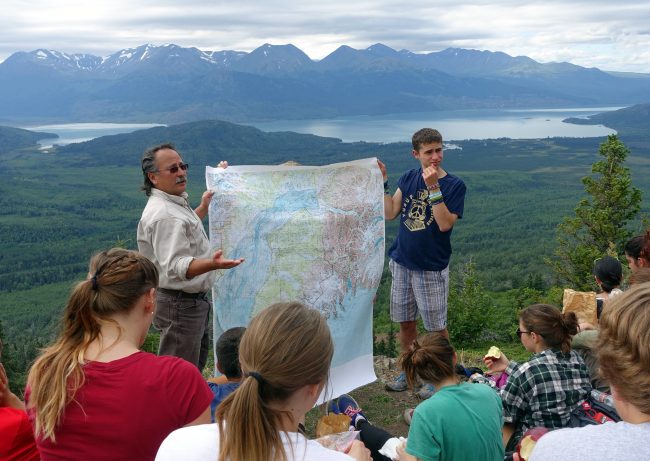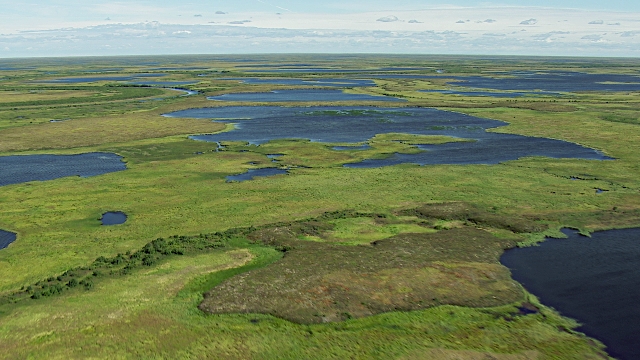Steve Delehanty, Alaska Maritime National Wildlife Refuge Manager
Andy Loranger, Kenai National Wildlife Refuge Manager
Tuesday, January 21, 5 – 6 pm Alaska Time
This program was recorded live and can be seen below:
- Homer – Steve Delehanty in person at the Alaska Maritime National Wildlife Refuge Visitor Center, 95 Sterling Hwy. Reception follows talk
- Soldotna – Andy Loranger in person at the Kenai Refuge Visitor Center, Ski Hill Road. Reception follows talk.
- Anchorage – Watch party at BP Energy Center, Spruce/Willow Room,1014 Energy Ct.
- Zoom
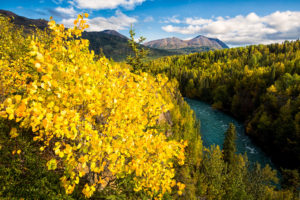
The Kenai River is the heart of the Kenai Refuge. With the salmon rich rivers, highway access to Anchorage, canoe country and mountain trails, campgrounds, refuge cabins and a fine visitor center, this is the most visited refuge in Alaska. That visitor use creates love for the refuge but also management challenges unique in Alaska. PC Lisa Hupp/USFWS
Andy Loranger and Steve Delehanty have spent decades as refuge managers of two of Alaska’s most iconic and significant national wildlife refuges – the Kenai and the Alaska Maritime refuges. They are retiring this month leaving a big hole in refuge management in Alaska. In one of their last acts, they will share with us what their years in the refuge system have taught them and what it might mean for us and the future of refuges. They have seen the best from our crown jewels in Alaska – the Kenai with its salmon highways, abundant moose and bear and lovely landscapes from lake country to alpine; the Alaska Maritime – largest seabird refuge in the world with tens of millions of birds, volcanoes, thousands of islands and otters – to other significant wildlife landscapes in Minnesota, Texas, Wisconsin and elsewhere. This is a trying time for refuges. We all will benefit from their enthusiasm for refuges, their wisdom and a sense of the long view. Please join us for this significant event.
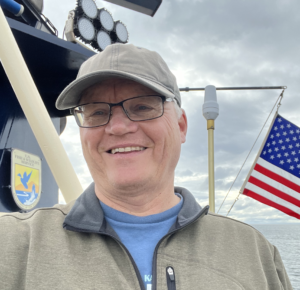
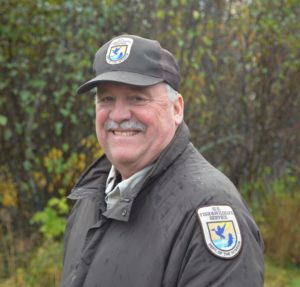
Alaska Maritime’s Steve Delehanty Kenai’s Andy Loranger
Biographies
Steve Delehanty has said that being a refuge manager is the best job in the world, except when it isn’t. While the incredible wildlife and wild places bring inspiration and solace, the real professional challenges as refuge manager generally involve people. “I love wildlife”, says Steve, “But I love people even more. Good thing, because I spend a lot more time at work dealing with people than I do with wildlife.” Fifteen years as manager of the Alaska Maritime National Wildlife Refuge has topped Steve’s 39 year career with the Fish and Wildlife Service that began with an internship on Sherburne National Wildlife Refuge in Minnesota. Over his career, he has worked in Illinois, Montana, Wisconsin, Minnesota, and Alaska. Except for a brief internship in Illinois, Steve’s entire career has been in states near Canada.
Steve and his wife, Wendy, live in Homer. They have two adult children, one living in Alaska and one in Alabama. He likes hockey more than basketball, tundra more than forest, oceans more than mountains, and national wildlife refuges more than anything else.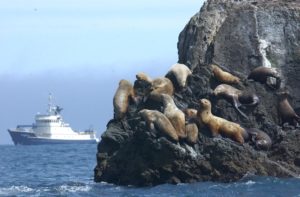
Marine mammals, 40 million seabirds, and over 3000 islands characterize the Alaska Maritime Refuge. Most islands are only accessible by ship so the refuge has the largest ship in the Fish & Wildlife Service, the 120 foot R/V Tiglax. Very remote field camps, supervision of the Tiglax in the rough waters of coastal Alaska, and the dependence of the refuge’s abundant wildlife on off refuge food sources in the ocean create unique management challenges on this refuge.
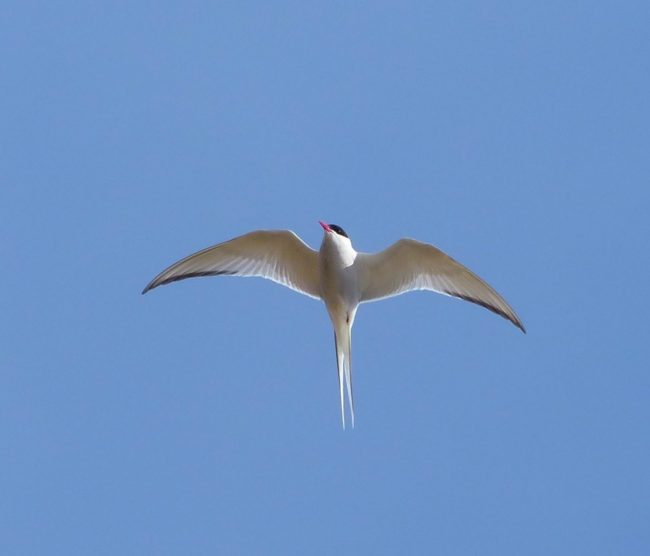
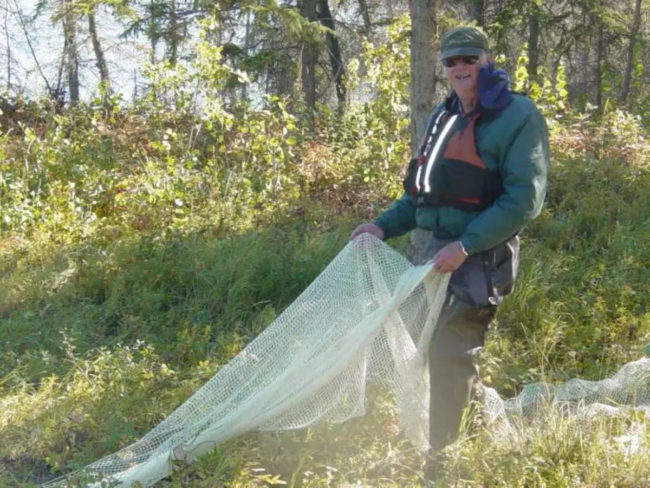


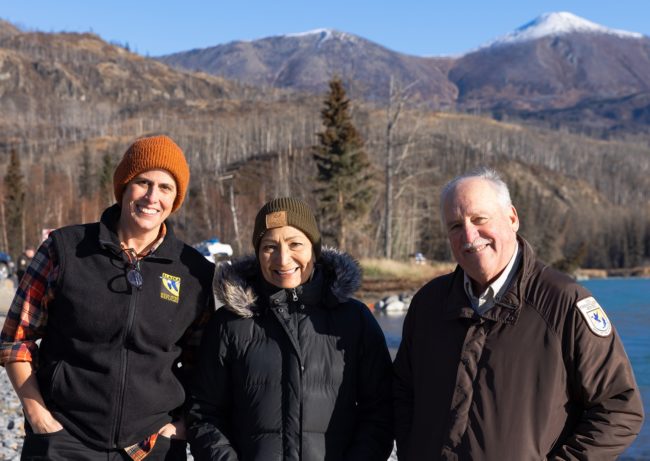
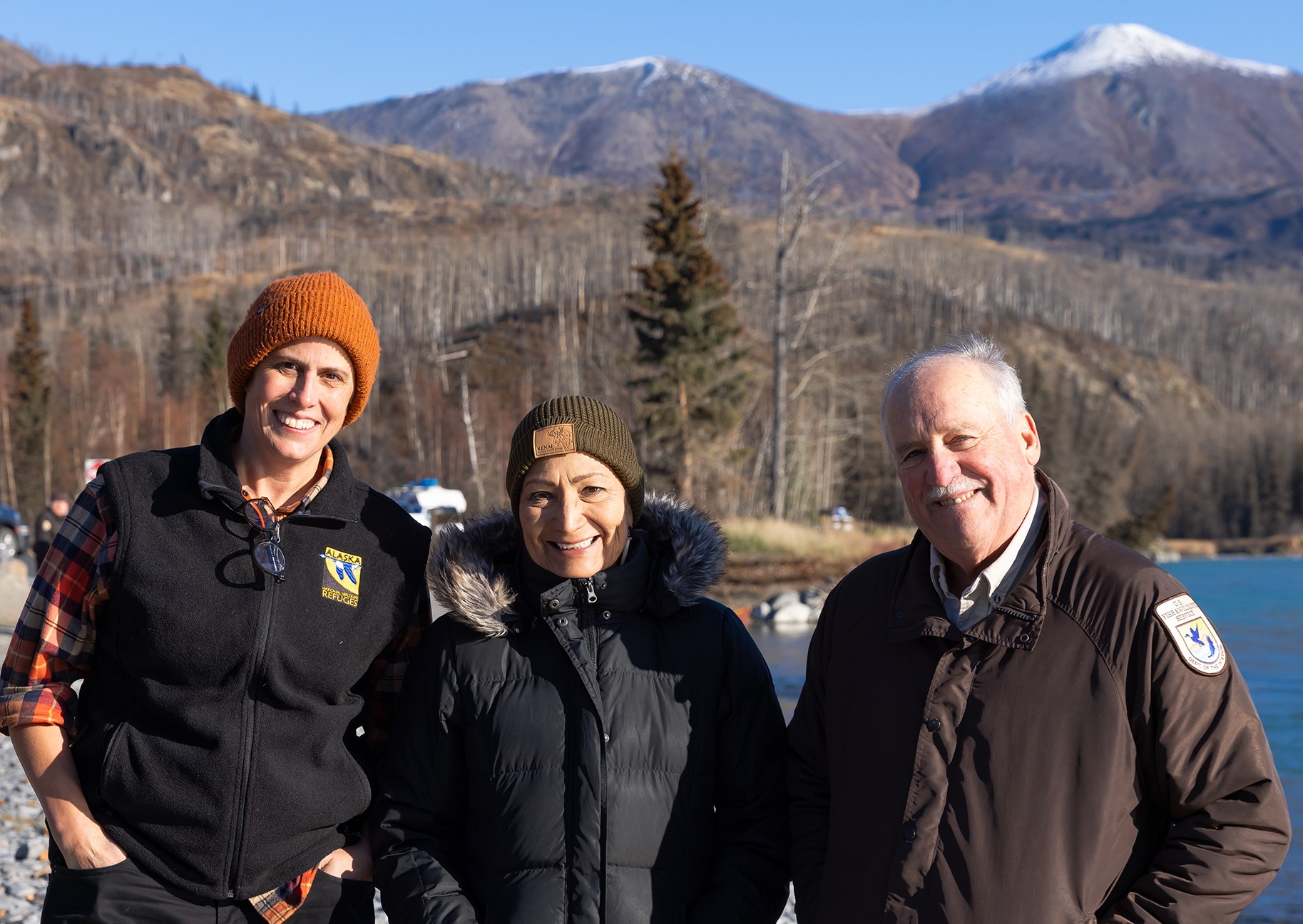
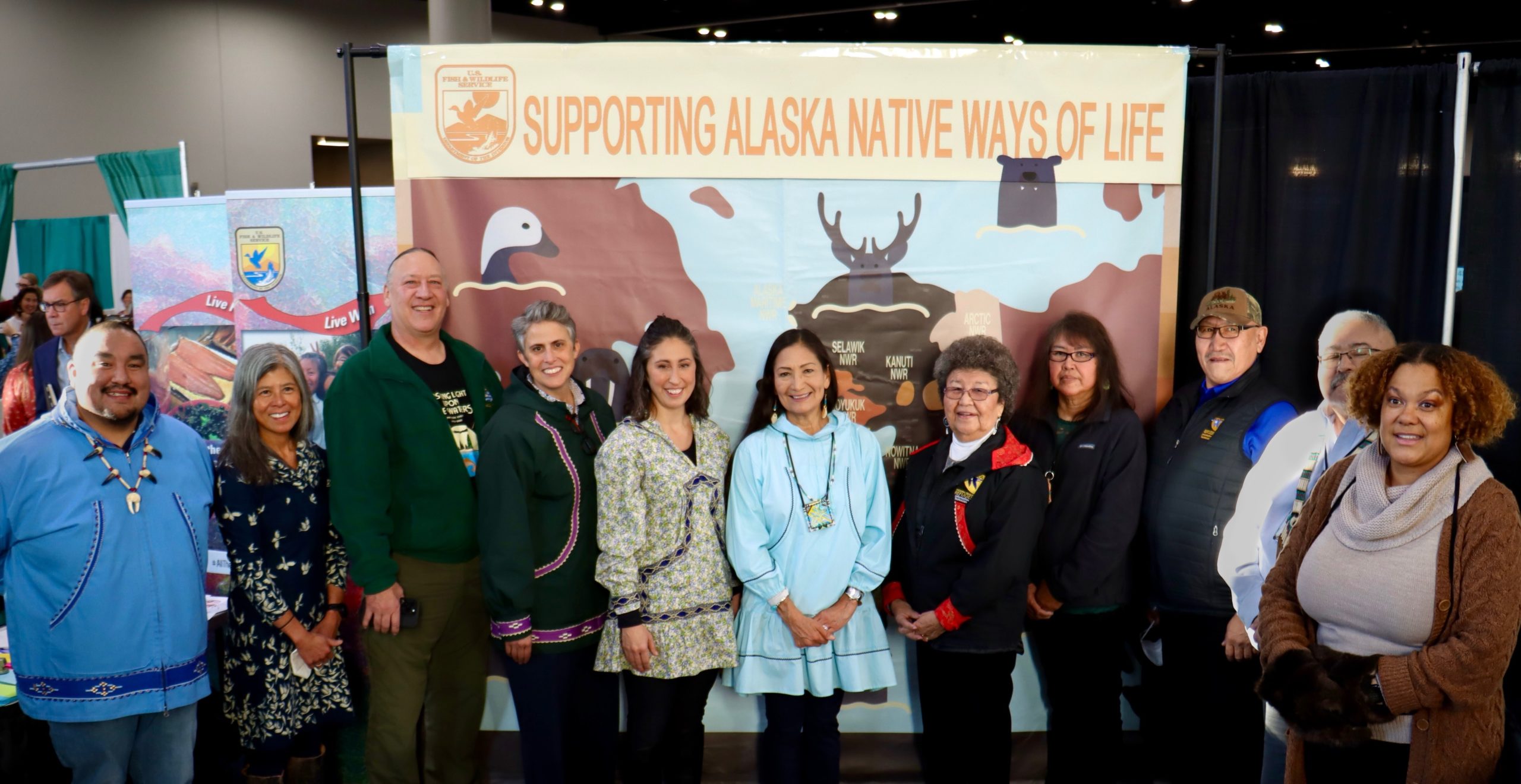 Secretary Haaland (center) on her visit to the FWS booth at AFN in Anchorage
Secretary Haaland (center) on her visit to the FWS booth at AFN in Anchorage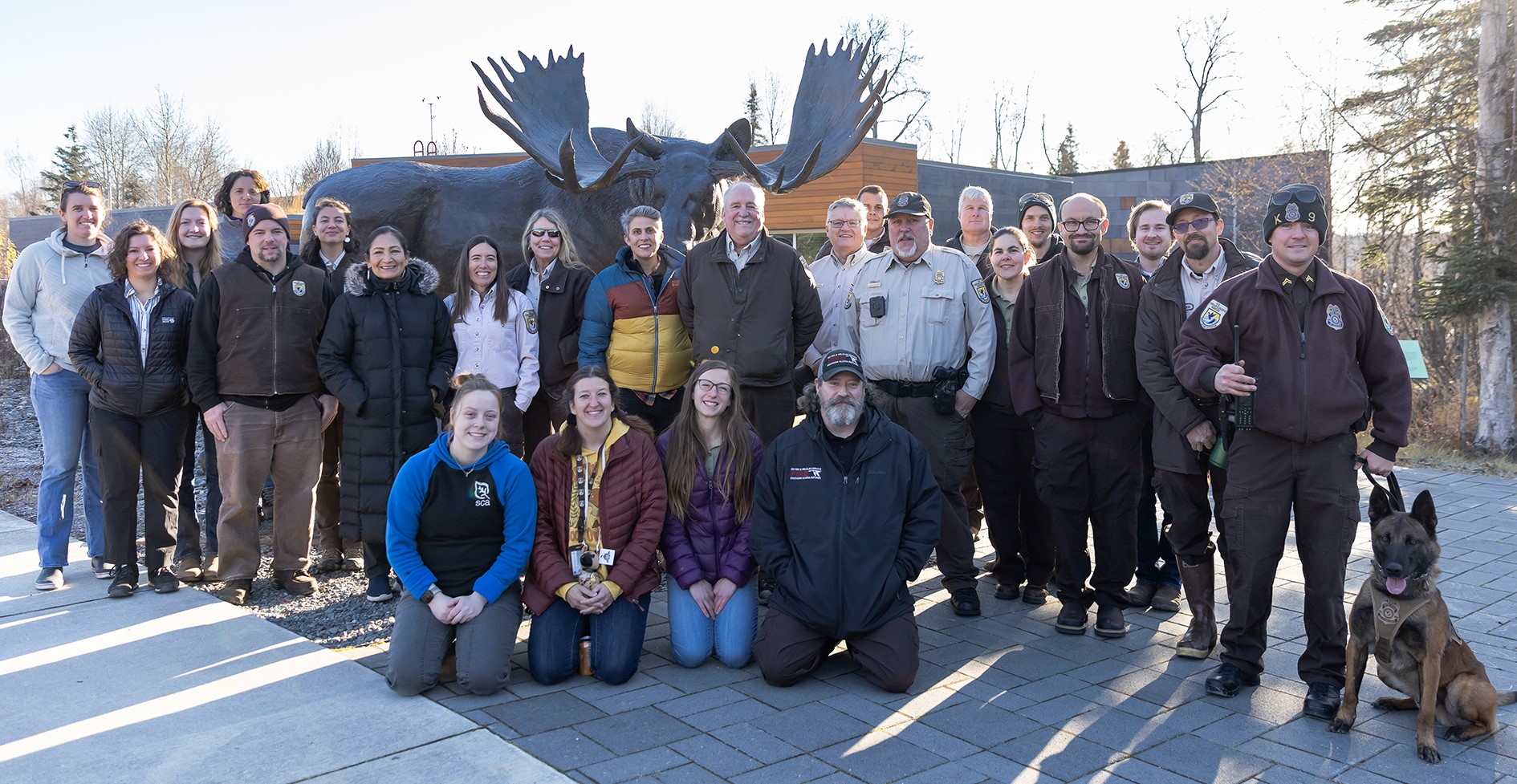 Even K9 Officer Togo turned out with all the Kenai Refuge staff to be photographed with the Secretary in front of the Kenai Refuge’s Moose. pc Lisa Hupp/USFWS
Even K9 Officer Togo turned out with all the Kenai Refuge staff to be photographed with the Secretary in front of the Kenai Refuge’s Moose. pc Lisa Hupp/USFWS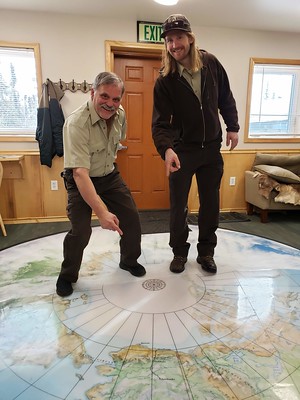
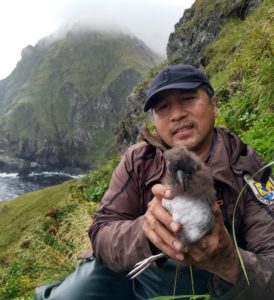
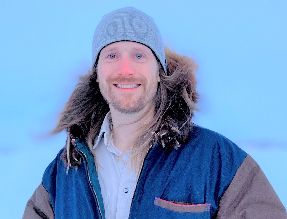
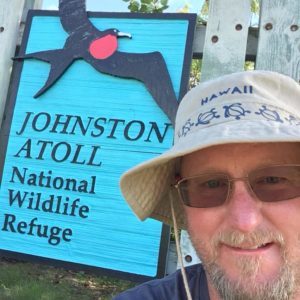
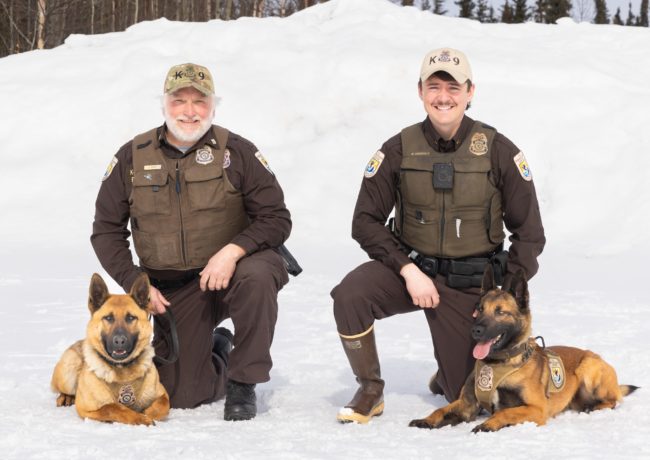


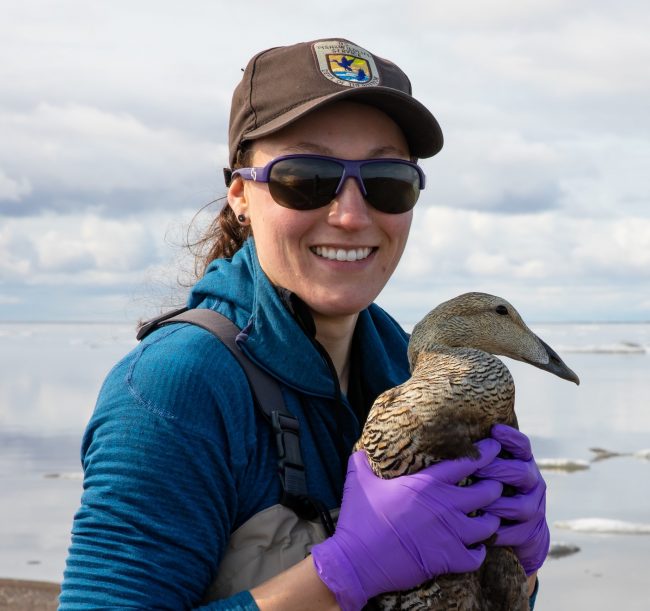
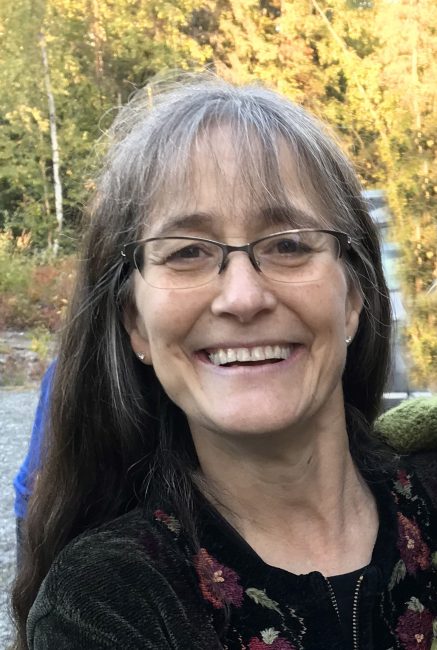
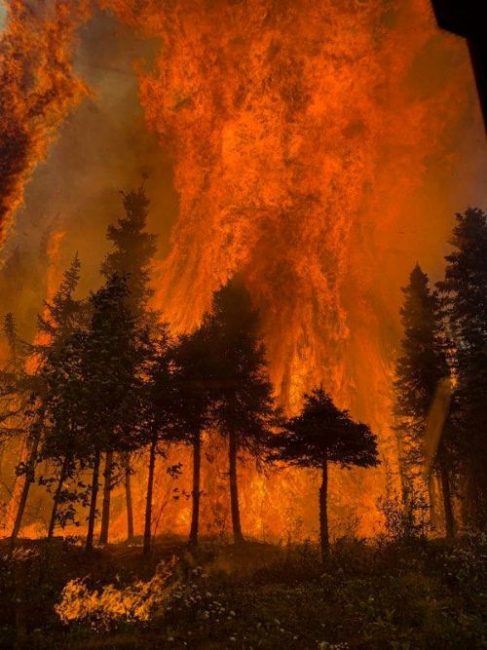
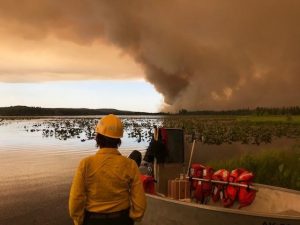 A real benefit of this fire is that it is burning up heavy fuels which will make the towns and the refuge much safer for decades from the risk of a more catastrophic fire. Kenai Refuge biologists learned in earlier studies that black spruce burns about every 80 years, and it has been 80 years since this area last burned. In the higher elevations, the fire is burning up spruce bark beetle-killed white spruce. It is a fire-dependent landscape and will adapt. Positive impacts on wildlife will come as the fire will alter the habitat to an earlier successional stage where “moose food” such as aspen and birch will sprout in the burned areas. The fire has exhibited some extreme fire behavior burning in the tundra and riparian areas. The negative impacts of that on wildlife are yet to be determined. The biggest human impact from the fire has been the smoke which has been particularly hard on communities east of the refuge. Numerous refuge trails, campgrounds, and public use cabins have been closed due to smoke and fire crews working in the area but none have been damaged so far. The famed Swan Lake Canoe Route, just west of the fire, has also not been impacted.
A real benefit of this fire is that it is burning up heavy fuels which will make the towns and the refuge much safer for decades from the risk of a more catastrophic fire. Kenai Refuge biologists learned in earlier studies that black spruce burns about every 80 years, and it has been 80 years since this area last burned. In the higher elevations, the fire is burning up spruce bark beetle-killed white spruce. It is a fire-dependent landscape and will adapt. Positive impacts on wildlife will come as the fire will alter the habitat to an earlier successional stage where “moose food” such as aspen and birch will sprout in the burned areas. The fire has exhibited some extreme fire behavior burning in the tundra and riparian areas. The negative impacts of that on wildlife are yet to be determined. The biggest human impact from the fire has been the smoke which has been particularly hard on communities east of the refuge. Numerous refuge trails, campgrounds, and public use cabins have been closed due to smoke and fire crews working in the area but none have been damaged so far. The famed Swan Lake Canoe Route, just west of the fire, has also not been impacted. 